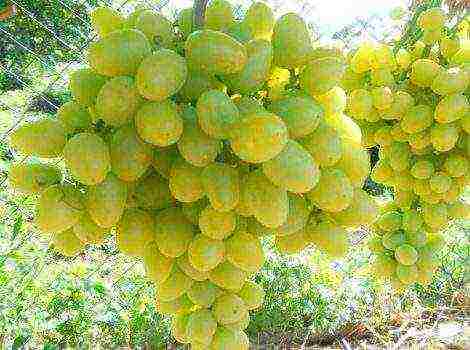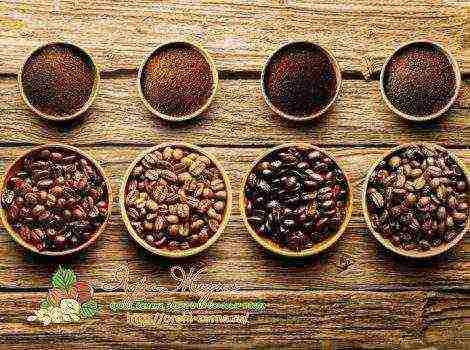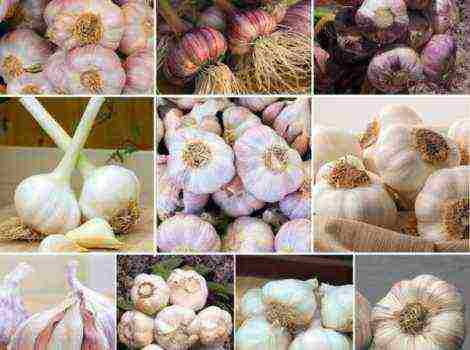How to choose high-quality sawn timber, the properties of which meet the current standards? This question is asked by most people who first start construction work using edged or edged timber boards. The large number of softwood lumber varieties can create difficulties when choosing and buying. If you want to understand this issue and purchase only those lumber that will meet your requirements, you should familiarize yourself with this article and the GOSTs given in it.
- Firstly, you will need GOST 18288–87, which contains a list of the used technical terms of the sawmill industry and definitions of lumber, and this GOST also helps to deal with the numerous names and the existing variety of assortments.
- Secondly, it is advisable to know the main characteristics and properties of lumber before choosing an edged board or edged beam for use in construction, since the quality of softwood lumber has a significant impact not only on the cost of construction or product, but also on its durability and physical characteristics. For this purpose, you should additionally read the article Classification of wood defects. If the boards are selected correctly, then the quality of the work performed is significantly increased while the estimated cost is optimized, otherwise an unnecessary increase in cost or a significant decrease in quality is possible. A detailed description of how wood defects affect quality can be found in GOST 2140-81.
- Thirdly, you will need to estimate the dimensions of the lumber. How to measure an edged board or timber is described in detail in GOST 24454-80. This GOST defines the margin of permissible deviations depending on the linear dimensions and assortment. It should be noted that measurements of sawn timber must be carried out using a ruler and retreating from the end of the product by 5-10 centimeters. Detailed rules for measuring lumber are prescribed in GOST 6564–84.
- FourthlyBased on the previous State Standards, it is possible to determine the type of coniferous lumber (edged and edged timber boards). This information is detailed in GOST 8486–86. This GOST concerns the flaws of coniferous boards and beams, regulates the types, number and specific placement of flaws, depending on the type of edged board. The standard makes a classification according to natural defects in the development of wood, it is indicated how to determine the type of edged board, depending on the type, number and location of defects.
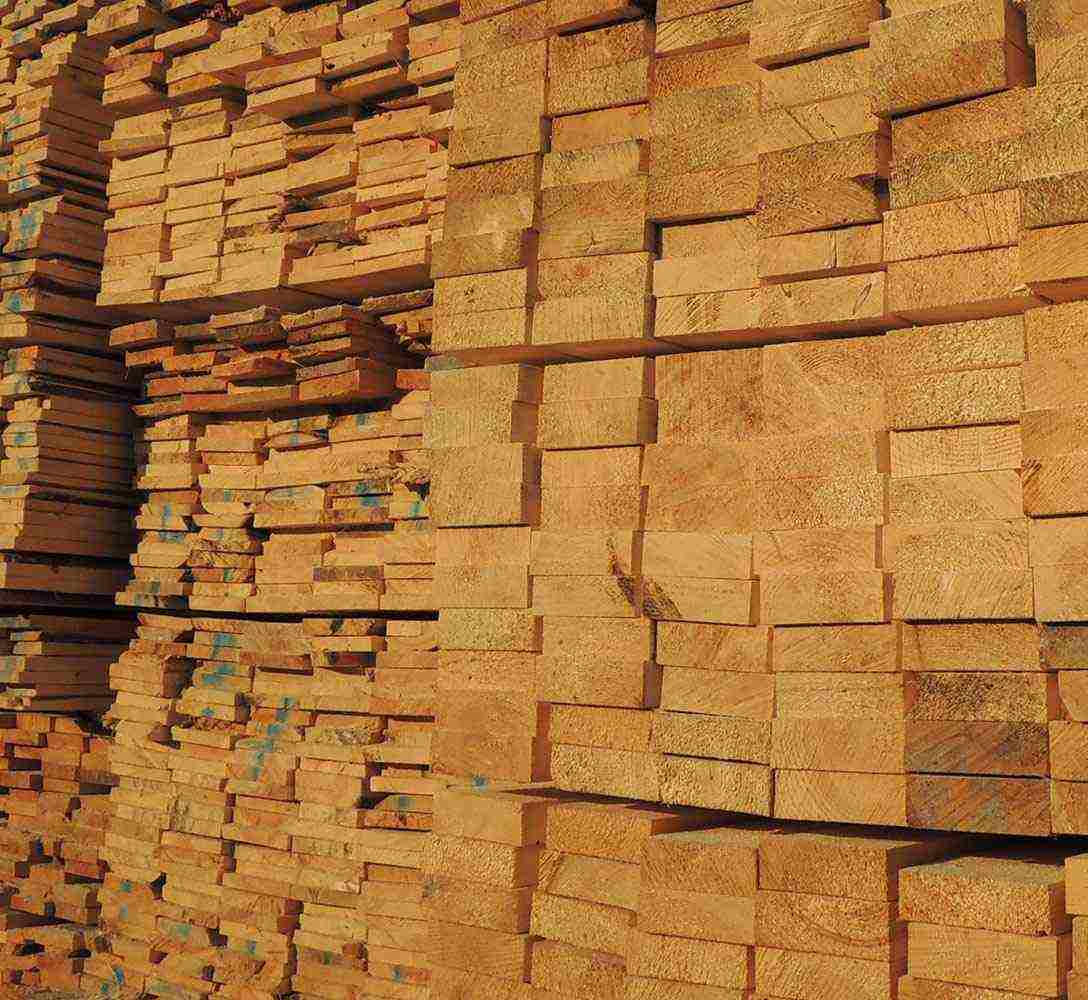
Coniferous plank varieties
All the details on the current GOSTs for today can be found here ...
Thus, we found out that currently there are several state standards that regulate production technology, technical parameters and classification depending on natural growth factors, the presence of wood defects, sawing methods and linear dimensions of sawn timber. If you still have questions and do not understand how to choose boards and beams with the help of regulations? We offer a detailed description of the methods for determining the grades of edged beams and boards.
It is very difficult and unnecessary for ordinary consumers to study all the provisions of the current standards. It is enough to know the main provisions of the classification and to pay attention to them. Another important factor. Some manufacturers use TU (technical specifications) instead of GOSTs. What are the differences between these concepts? State standards establish the criteria for the grade of wood, taking into account generally accepted norms, for general consumption and is strictly regulated. Technical conditions, first of all, take into account the specific technical capabilities of the manufacturer and the raw materials procured by it.In other words, TU * is lumber made with deviations from GOST, both in quality and in size. This means that the quality of sawn timber according to TU in the vast majority of cases is lower than the quality of boards according to state standards.
Determination of the grade of lumber (edged and edged board)
In total, there are five grades of sawn timber, depending on developmental defects, cutting methods and linear deviations from the specified parameters: selected, first, second, third and fourth grades. The first and second grades are used most often in the wooden house-building and furniture industry. We should dwell on them in more detail.
- First grade of conifers
The first grade board has characteristics that are quite acceptable for most architectural building structures, both of a temporary type and of a capital nature. The boards should have a relative humidity within 20-22%, the cut edges are even, the planes are parallel, the tolerance limits cannot go beyond the margins established by GOST 24454-80. The main differences of the 1st grade board are the complete absence of visible damage to the wood by putrefactive bacteria, the number of end cracks cannot exceed 25%, all knots must be only healthy. The roll is no more than 20% of the total area, the sound mushroom spots cannot exceed 10% of the surface area of the sawn timber.
Before determining the grade of the board, you should carefully examine the surfaces of the lumber for any kind of rot and unhealthy knots. Even the slightest traces of these defects indicate a lower grade of lumber. Boards of the first grade are used to create truss systems, interior partitions, subfloors, etc. After processing on milling machines, they can be used for the manufacture of furniture.
- Second grade of conifers
Board grade 2 has more "soft" characteristics, large resin pockets are allowed, may have a slight color from fungi, significant wane is allowed. The use of boards of the second grade is much wider, due to the lower price and quite satisfactory operational and physical characteristics. Edged boards of 2 grades are perfect for the manufacture of formwork, you can also make scaffolding from it yourself. Board of 2 grade is indispensable for temporary buildings, change houses and sheds.
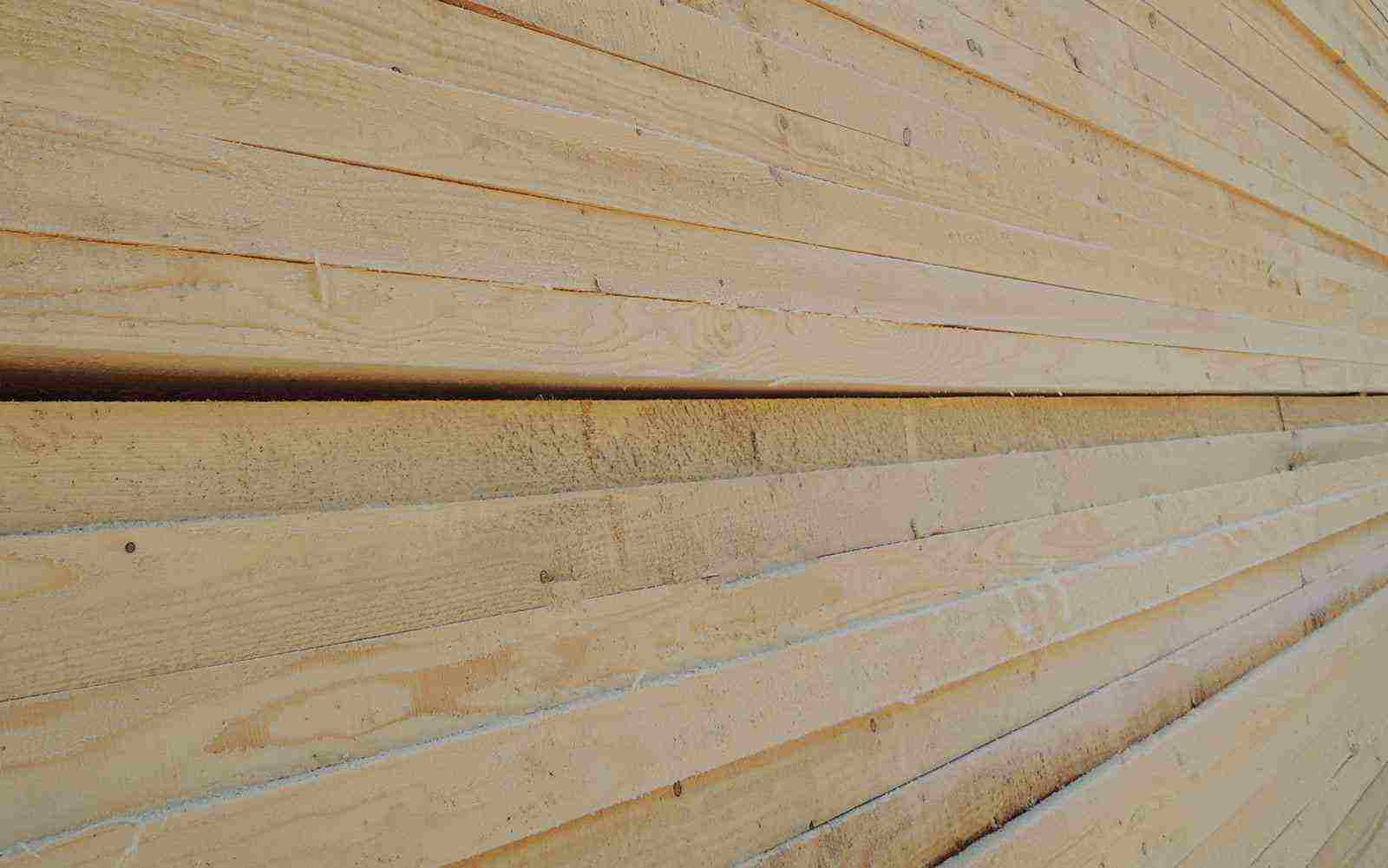
Edged board 1 grade
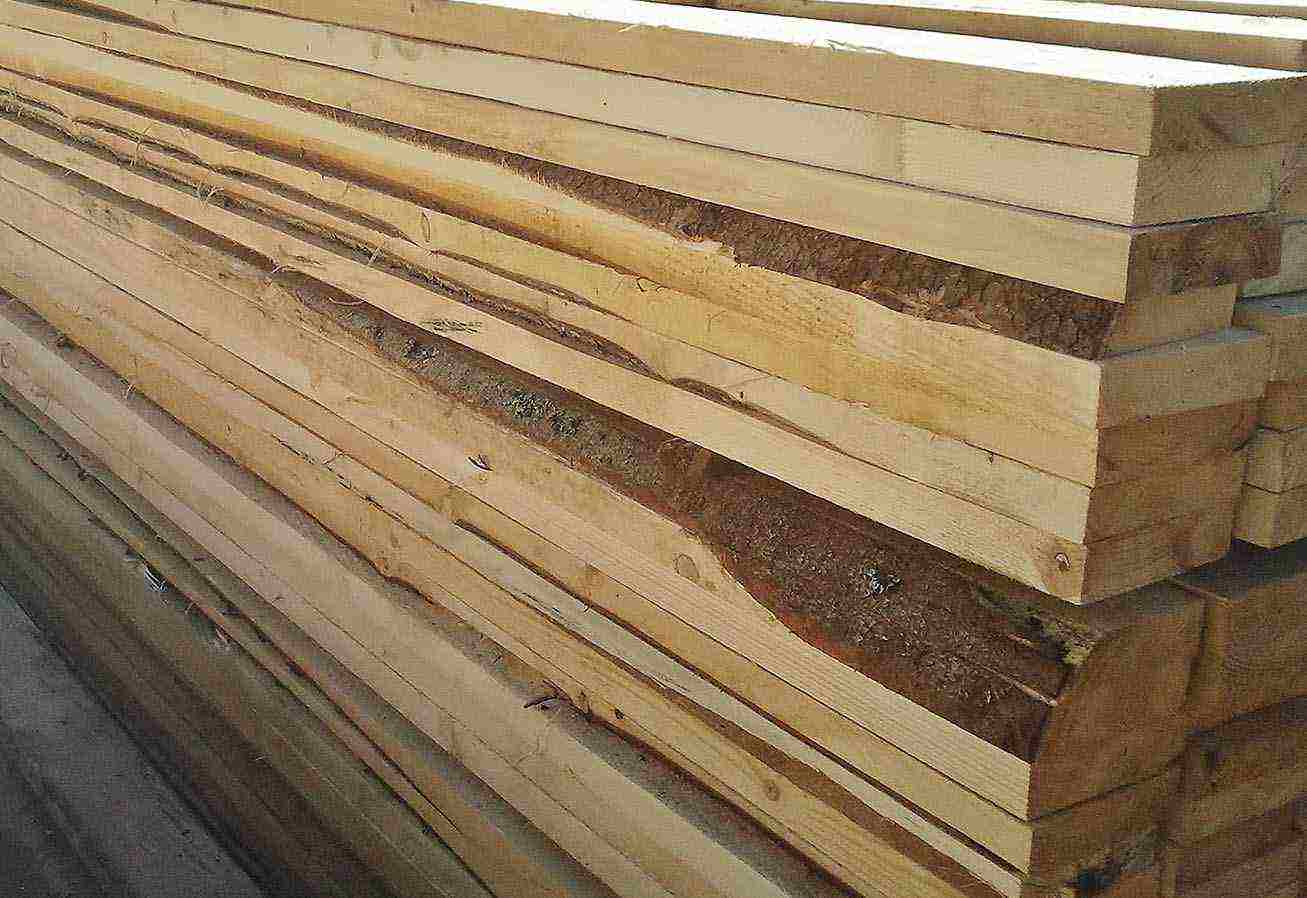
Edged board 2 grade
Edged board 1 grade GOST
| Edged board 25 x 100 GOST | 25 | 100 | needles (spruce, pine) | 1st grade | RUB 8,499.48 |
| Edged board 25 x 150 GOST | 25 | 150 | needles (spruce, pine) | 1st grade | RUB 8,499.92 |
| Edged board 40 x 100 GOST | 40 | 100 | needles (spruce, pine) | 1st grade | RUB 8,499.30 |
| Edged board 40 x 150 GOST | 40 | 150 | needles (spruce, pine) | 1st grade | RUB 8,499.60 |
| Edged board 50 x 100 GOST | 50 | 100 | needles (spruce, pine) | 1st grade | RUB 8,499.48 |
| Edged board 50 x 150 GOST | 50 | 150 | needles (spruce, pine) | 1st grade | RUB 8,499.92 |
| Edged board 50 x 200 GOST | 50 | 200 | needles (spruce, pine) | 1st grade | RUB 8,499.84 |
Edged board 2 grade
| Edged board 25 x 100 second grade | 25 | 100 | needles (spruce, pine) | 2nd grade | RUB 5,499.12 |
| Edged board 25 x 150 second grade | 25 | 150 | needles (spruce, pine) | 2nd grade | RUB 5,500.00 |
| Edged board 40 x 100 second grade | 40 | 100 | needles (spruce, pine) | 2nd grade | RUB 6,499.32 |
| Edged board 40 x 150 second grade | 40 | 150 | needles (spruce, pine) | 2nd grade | RUB 6,499.98 |
| Edged board 50 x 100 second grade | 50 | 100 | needles (spruce, pine) | 2nd grade | RUB 6,499.68 |
| Edged board 50 x 150 second grade | 50 | 150 | needles (spruce, pine) | 2nd grade | RUB 6,499.68 |
Practical tips for determining the grade of edged boards and beams
It should be noted right away that none of the manufacturers counts the number of knots on each board, does not measure the crack depth with a micrometer, etc. Sorting is carried out "by eye" and depends mainly on the operating personnel, the quality of the sawmill equipment and the quality of the raw material. This means that in a stack of first grade boards you can always find 1-2 second grade boards and vice versa. Differences of the board of the 2nd grade from the first are so insignificant that unscrupulous manufacturers can use it. What should you focus on when choosing lumber?
We can talk for a long time about the quality and grade of lumber, but the main criterion is the presence of wood defects and their direct influence on the performance characteristics of wood products. For your convenience, we suggest that you familiarize yourself with the article on wood defects. In this article, we describe in detail all the vices that are important for the construction of wood and determine the degree of their influence on the supporting structures of a wooden house and on elements made of edged sawn timber, for example, on roof truss systems. Along with the material on this topic, there are original photographs of wood defects that help to accurately classify them without having any construction experience, that is, to a simple man in the street who wants to objectively understand the essence and quality of the lumber offered to him.
- Storage conditions. A very important factor affecting moisture, linear dimensions and the absence of signs of warping of lumber during storage. If the manufacturer offers materials stored outdoors, and even not stacked in accordance with all the rules with the presence of vents for natural ventilation and clamps, then you should not buy boards from him.
- By the knots. There is one, but true for all cases, advice on how to distinguish a board of the second grade from the first: the presence of at least one fallen out knot, regardless of its location and size, lowers the grade of lumber.
- Lack of core and rot on the surface. The core is the "weakest" place of sawn timber in all respects. It is most often damaged by various diseases, has the lowest strength and resistance to putrefactive processes. Do not believe the manufacturers that the core "gives the boards a designer look", it is just unscrupulous.
- Annual rings. How to distinguish a first grade board by rings? It's very simple - the more of them, the better, the better the lumber. Annual rings have the highest density, and this is an indicator of high strength, resistance to high humidity, wear resistance, etc. The number of rings depends on the climatic zone of wood growth and the method of sawing round timber on the sawmill. This is important when choosing an edged bar.
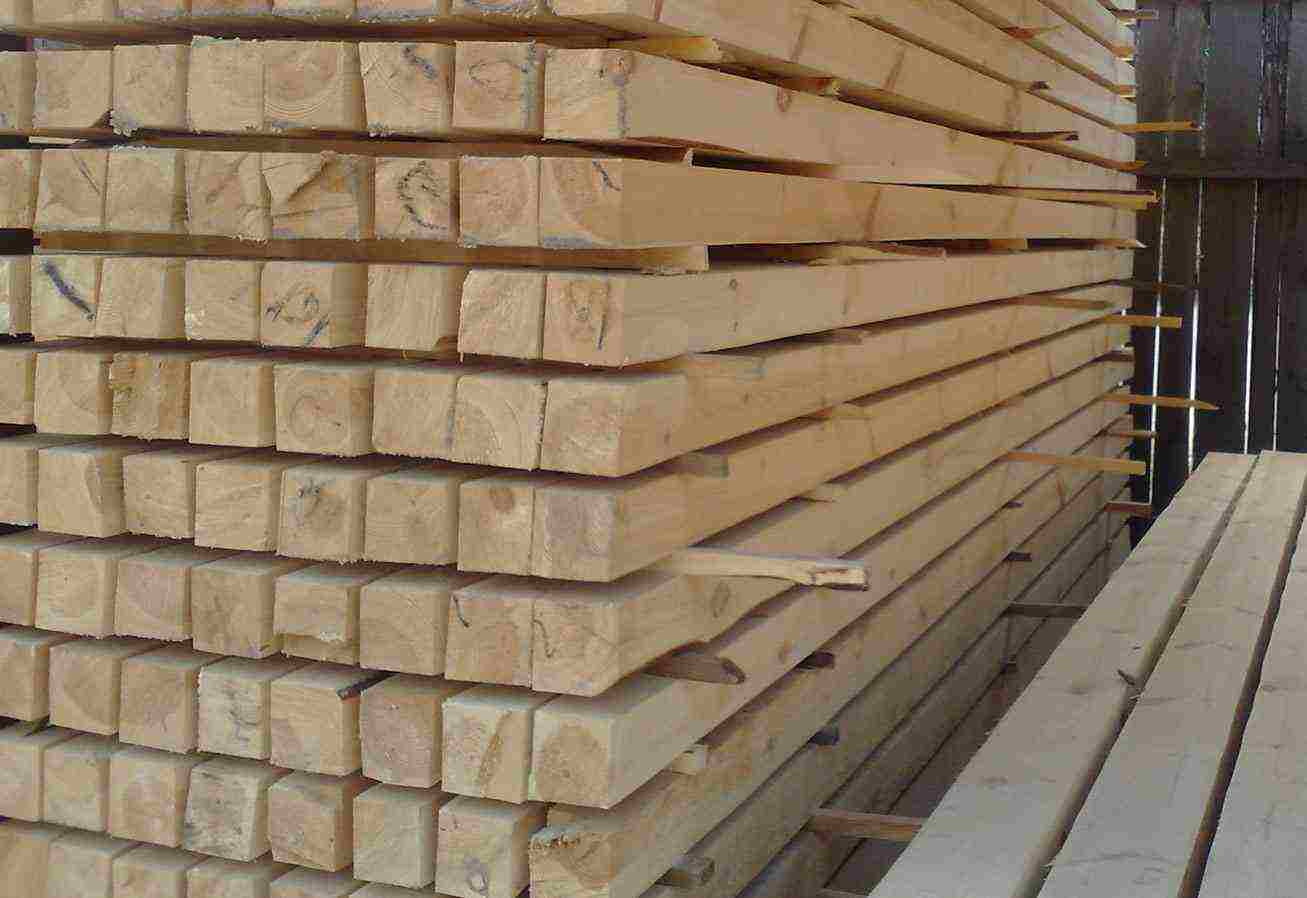
Proper storage of lumber
There is another way to purchase high quality lumber according to your wishes - is to use the services of a trusted supplier; ELKA-PALKA is ready to help you with this, relying on many years of experience and a reliable reputation.
Sincerely,
Dmitry Moskovsky,
Head of Sales Department
Wooden floorboards are divided into three classes according to the level of defects: chips, chipping, knots, resin pockets and cracks.
| Grade A | Such boards are of good quality, if there are knots on them, then they are healthy and practically fused, and small cracks do not violate the integrity of the board itself. You can also find a core and resin pockets here, but not more than one-half of the length of the board. You will not see insects or rot marks on the board. Roughness can only be near the knots and on the back of the product. | 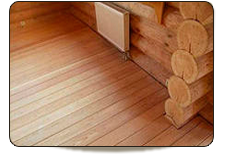 |
| Grade B | Boards of this grade are of better quality, they can have healthy knots, small cracks and chips, no more than twenty percent of the surface, the core and resin pockets are more than fifteen centimeters. You can also find a slight insect infestation, but you will not find rotting, since the moisture content of the boards should not differ from the norm by more than fifteen percent. You can also see a slight roughness of the board. | 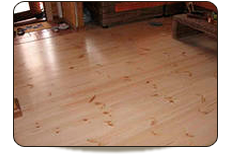 |
| Grade C | Grade "C". Floorboards of this class are of rather low quality, since any defects up to thirty percent of the surface are allowed.It can be dry or rotten knots and holes from them, there can be cracks up to three millimeters. Resin pockets, core, sprouting and minor insect damage are also allowed. You can even find traces of surface rot and defects. | 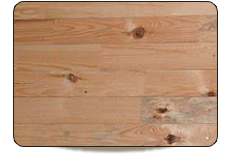 |
There is also a kind of floorboard Extra. These are of the highest quality, knots you will find no more than one embryo per meter of length. In this case, you will find only microscopic cracks and resin pockets, not exceeding two centimeters in length and half a millimeter in width. You can also find a core that will not be visible during assembly, but only from the back. There are no other defects in boards of this class.
Tips for using different types of floorboards:
- Grade "B" - should be used for insignificant places and utility rooms.
- Grade "c" - used if further processing is planned, for example: covering with dark varnish.
- Grade "A" - used for colorless coating or processing with light varnish.
- "Extra" grade - used for basic and expensive premises.
The type of floorboards affects not only their use and quality, but also their cost.
9 april 2018
The most demanded material in repair and construction is considered to be wood, namely edged board. Such raw, inexpensive, natural and easy to work with. Before buying, it is important to understand the possible types and grades of lumber.
Definition of a variety
Like other building materials, edged board comes in several varieties. The variety is determined by several parameters:
- Natural defects in wood, their localization and quantity. If the board has a lot of knots, mold or other damage, then this is not a select product or extra class.
- Wood species. The service life, external characteristics, density and strength of different wood differ. Most often, edged board is made from oak, coniferous and deciduous wood species.
- The size. Lumber can be sold in standard or custom sizes.
- Humidity. The quality of the product is determined depending on the moisture content, the lower the percentage, the better the product.
- Treatment. Selected grades must include well-finished boards that are consistent and tidy.
Having learned the main features for determining a variety, it is important to understand which varieties exist:
Main varieties
By standards, the edged board has 5 main varieties, including:
- Extra-class (selected) - high quality lumber, which is excellent for many construction work. Visually, the product has no defects. The product can be used to create furniture, interior decoration.
- First grade - lumber may have few defects, which will be single, but the overall quality of the board does not decrease. This material is good for floor mounting, framing, stairs, doors or frames in windows.
- Second grade - defects in the form of knots and other things are clearly visible. It is recommended to use the product for interior furniture parts.
- Third grade - used for temporary shelters, pallets and other containers
- The fourth grade is a low quality board, there are many knots and cracks on the surface. Recommended for containers, lathing and turf work during construction.
Edged lumber comes in different sizes. The standard parameters are as follows:
- Thickness - 25, 40 and 50 mm.
- Width - 10, 15, 20 and 25 mm.
- Length - 3 and 6 m.
If you need a custom size, you can order them personally. With regard to moisture content, in the case of more than 22%, the lumber is considered damp and must be dried using cameras or the natural method. An indicator below 22% indicates sufficient dryness, the product is ready for further use, but after chamber drying, the humidity should not exceed 12%.
Main types
There are several criteria for determining the species:
- The sawing method that determines the scope of use of the lumber.Among the possible are radial and semi-radial, as well as tangential. The difference lies in the angle of inclination of the fibers. For a radial view, the degree is 60-90, which is ideal for protection against moisture and the appearance of defects. Semi-radial - 45 degrees, allows you to get a minimum amount of waste. Tangential is the most common and cheapest.
- Method of use. Based on the scope of application, planed and flooring types of boards are distinguished. In the first case, the board comes out smooth, polished from all sides, even, with the correct geometry. The second is used for floors.
There is the cheapest type of edged board, when a simple cut is carried out, without selection, grinding and other processing. Such lumber has uneven edges, with bark. Such a board is often used for roofing work and is very cheap.
